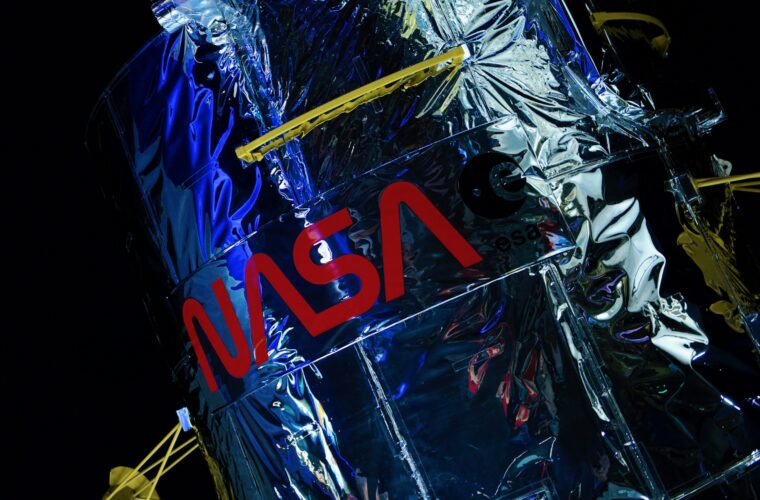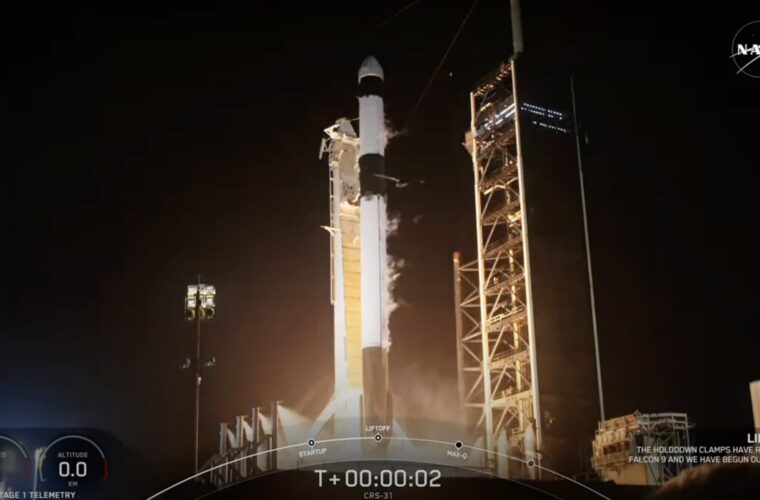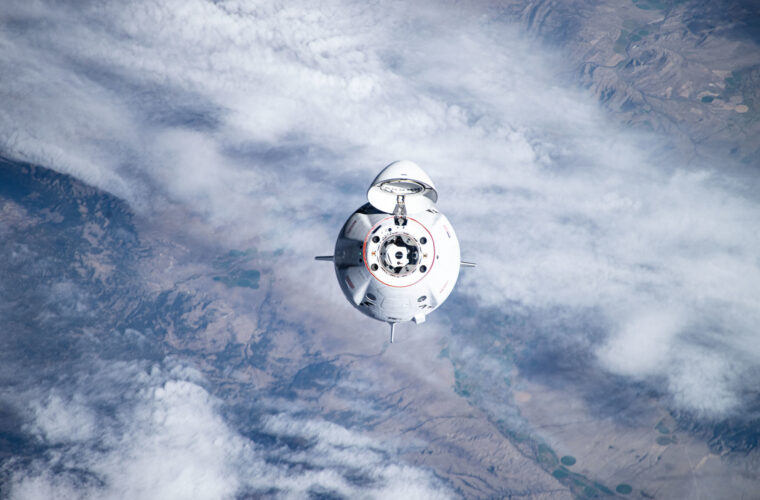Why is the world’s most important space agency launching a proprietary streaming service? One could start from here by commenting on the arrival of NASA+, the latest innovation from the National Aeronautics and Space Administration, which is increasingly focused on improving its communication to broaden the audience of those interested in the subject and arouse emotions in those who have little or no knowledge of space.
Announced last summer, the new window of content from the US space agency is now up and running, which will offer collections of original video series (including unreleased titles to come in the future), live launch coverage, children’s content, Spanish-language programmes and the latest news. The on-demand streaming service is free and ad-free, aimed at families and made by a team capable of winning an Emmy Award in 2018 when the Jet Propulsion Laboratory triumphed in the original interactive programme category for ‘Cassini’s Grand Finale’, the media campaign that chronicled the Cassini probe’s final mission to Saturn.
NASA’s new course to increase fans
To access the streaming service, simply download the NASA mobile app on iOS and Android smartphones and tablets, use the Roku and Apple TV streaming platforms, or go directly to https://plus.nasa.gov. “NASA is a leader in the federal government for creating inspirational content that meets people where they are,” said NASA Deputy Administrator Pam Melroy. “I am excited we have created a powerful trifecta with the recently revamped NASA website, the launch of NASA+, and the updated NASA App that showcases the many benefits our data can have for all humanity.”

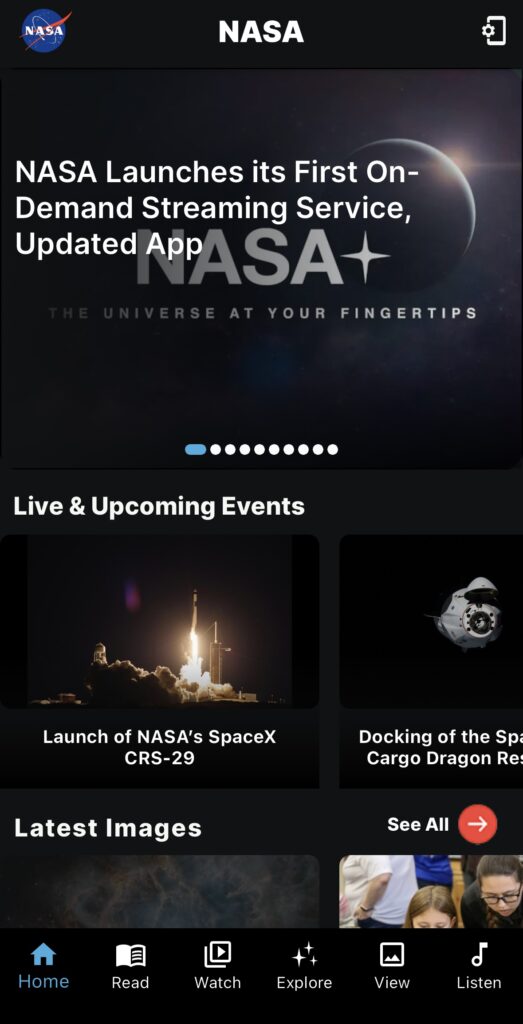
Melroy’s message emphasises that along with the streaming service, the space agency has taken another significant step to approach an audience other than the early enthusiasts with the updated app, which is useful for increasing content and user base.
The relaunch operation is much broader and was launched in early 2023 with the revamping of the nasa.gov and science.nasa.gov websites to offer an expanded proposition for research, climate data, information on Artemis and other topics. “NASA’s new streaming platform and app are where the world can join us as we explore the unknown,” said Marc Etkind, associate administrator, Office of Communications, NASA Headquarters. “NASA is the catalyst behind some of humanity’s greatest stories, and now, with our new digital presence, everyone will have access to these stories 24/7.”
What to watch on Nasa+
At the time of writing, the featured content on NASA+ includes Other World, a 26-minute documentary about the capabilities of the James Webb Space Telescope, the first episode of the Solaris series and one of NASA Explorers, which follows the OSIRIS-REx team. Next on the smartphone screen are the Get Inspired!, Explore New Releases and Iconic NASA sections. Broadening the audience means cultivating it right from the start, which is why there are also animated shows for children, explaining the planets and the mysteries of the universe. There is also a space dedicated to the Moon and Mars, as well as two series dedicated to a specific target audience: one about the personal stories of the black astronauts of the US space agency and the other one about Hispanic and Latino employees, available in Spanish.
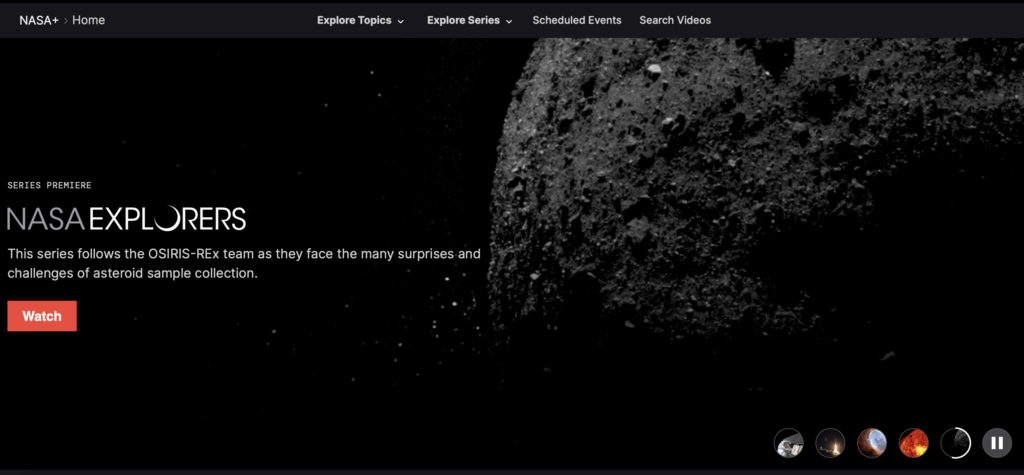
NASA’s new course is not limited to streaming, as the space agency has been working on its generative artificial intelligence for some time now through a partnership with IBM. Geospatial FM can be tested freely on the Hugging Face platform because the project is open-source. The idea is to use it to study the effects of climate change on the Earth, with the aim of archiving more than 250,000 terabytes of geographical and geological data from satellite images by 2024. It will be up to AI to bring order to this enormous amount of information, to facilitate the work of scientists and the development of certain research.
‘We believe that foundation models have the potential to change the way observational data are analysed and help us to understand our planet better,’ says NASA Chief Science Data Officer Kevin Murphy. “And by open-sourcing such models and making them available to the world, we hope to multiply their impact.”

